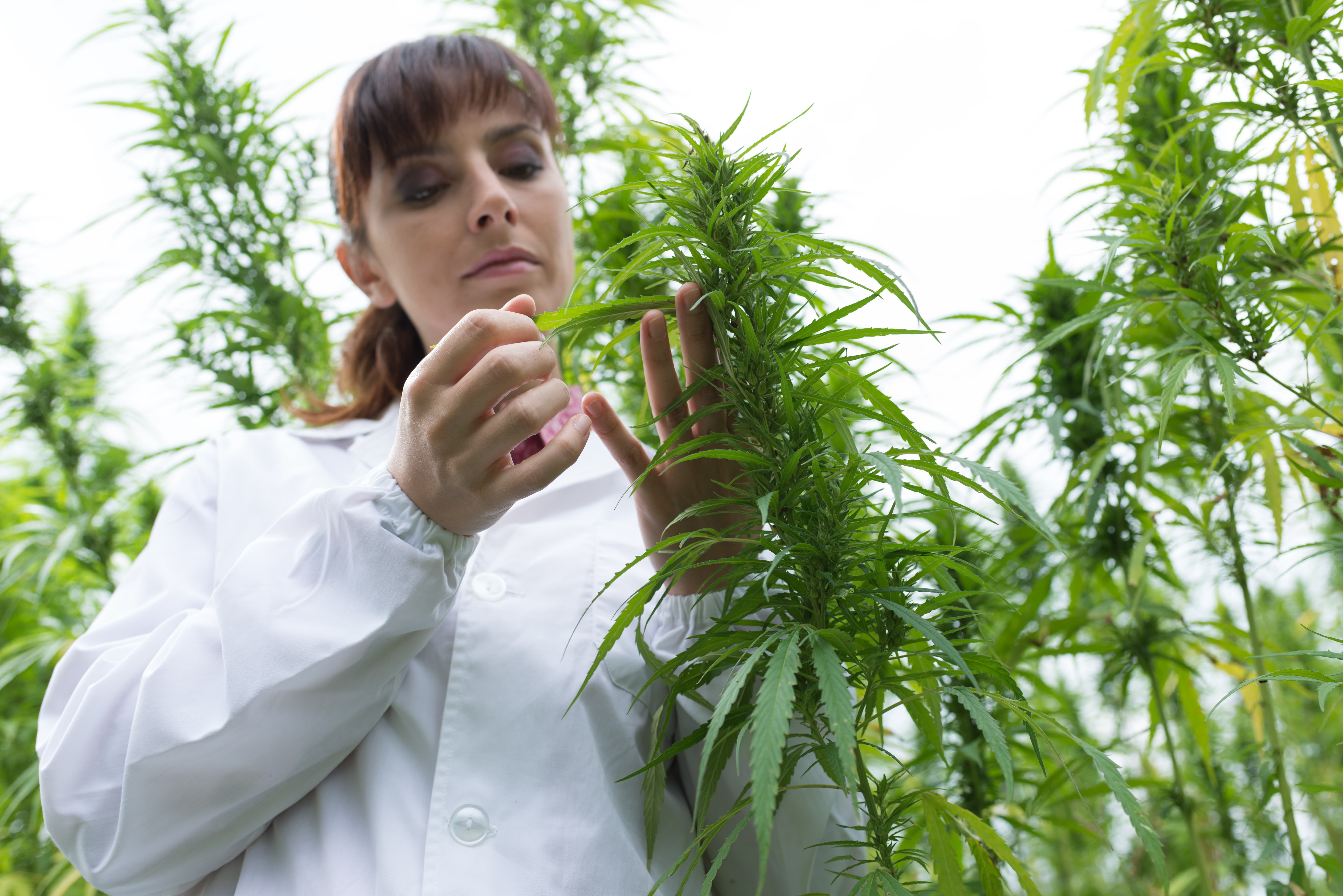CBD is legal in all 50 states, but Google and Facebook won’t let you advertise. THC is legal for adult use in many states and medicinal marijuana is approved in many, and yet you still can’t advertise on these major digital platforms. Wholesale products, auxiliary products… if you hint at cannabis even on the landing page or if your color scheme uses the same HEX codes as Leafly, your campaign goes up in smoke. (Pun intended).
You have the constant frustration of “I’m in California, my ads are in California, cannabis is legal in California, but I can’t advertise in California?”
But at the same token, Tobacco is legal, with tons of advertising restrictions. Fitness is very legal, tons of advertising restrictions. Cryptocurrency advertising – yeah, good luck. Guns… the list goes on.
Good marketing is about adapting. Adapting to your audiences. Adapting your offer. Adapting your targeting strategy. So in order to have a strong cannabis digital marketing effort, you need to adapt.
Who Sets The Regulations?
Regulation of ads is done by the advertising platforms, Google, Facebook, Twitter, and 100s of other ad networks.
In general, they all follow suit. Something is illegal on Google, probably going to run into the same issues on Facebook.
As much as we all may want, they don’t operate on a state-by-state basis. They make global policies that apply to the entire network and because the drug is still illegal federally, they will play by federal law.
It’s important to keep in my these platforms operate to give the user (not the advertiser) the best experience possible. They need to limit the number of complaints from parents seeing cannabis ads pop up on their 18-year-olds iPad and then their child trying to explain to the parent why they are getting cannabis ads. Nobody is winning.
Along with this, even if you find an ad network willing to run your ad, the website that’s connected to that ad network would need to allow cannabis ads to show. And guess what, most websites don’t. Just like the ad networks, they care about the user experience on their website.
So, How should I advertise?
There are two types of advertising. Push and pull.
Push advertising
is just as it seems. Your pushing products, offers, and information out to the world. This is how most companies do advertising and this is mostly what does not work with cannabis advertising.
Pull advertising
This is when you are pulling consumers to your website and your social media channels, creating interest around what you do and the content you product.
This is where cannabis sites can win. Create educational content.
- Safety Tips
- What If I Take Too Much?
- What’s The Average Cost?
- Is It Illegal To Drive?
Once a user is on your site, you can control what type of offers they see, so your goal needs to be “how do I get users to my website” not, “how can I sell them through advertising.”
Final Do’s And Don’ts
Do…
Make an attempt to advertise your business, but keep it clean.
Create a version of your website that is educational only, only products.
Do make the ads very neutral. Your goal should simply be brand awareness, not sales, leads, or anything else. Simply letting people know within 5 miles of your business that you exist (if they can’t smell you).
Do create a great social media presence. You can post all day along about cannabis on Instagram.
Don’t
Use words like cannabis, pot, weed, or anything along those lines in your ads. They will never get approved.
Don’t use any cannabis-related imagery, mainly don’t use a leaf in any part of the ad.
Don’t direct people to a website that sells any sort of product, even CBD oil that’s legal everywhere. The ad networks WILL reject it. Believe it or not, they actually do go look at the websites ads are pointed to.
Summary
Running a cannabis digital marketing campaign for your store or business is not impossible, but it’s extremely difficult.
The best strategy is to create educational content, AD value to users, and go into the advertising campaign with no goal of sales.


Is there a resource that you have re: vape industry?
I assume it is similar if not the same
Unfamiliar with the vape industry, but I would tend to agree with you, probably very similar restrictions.
A popular advertise method for industries like vaping (we see it all the time in fitness), is using influencers.
so, we cant say ”cannabis Safety Tips?”
Probably not in the ad itself, but could have an article with that title.
This is completely answered a lot for me. I wanted to launch a Cannibas Marketing Company. Or at least have a department dedicated to it.
Glad this has helped! You could always launch one and stay away from paid stuff. Have the clients pay you to create content, build websites, run great social media etc. Who knows, maybe one day the paid arena will open up!